Mercado Malbau (말바우장 / 말바우시장 (2, 4, 7, 9일))
10.9Km 2025-07-01
Dongmun-daero 85-beongil 62, Buk-gu, Gwangju
El Mercado Malbau es uno de los principales mercados tradicionales de la región norte de la ciudad de Gwangju. El mercado se abre en fechas que terminan en 2, 4, 7 y 9.
Parque Nacional del Monte Mudeungsan (무등산국립공원)
11.1Km 2025-07-02
Geumgok-dong, Buk-gu, Gwangju.
El Parque Nacional del Monte Mudeungsan es una montaña en el linde de Hwasun-gun, Damyang-gun y Gwangju, y se convirtió en parque provincial en 1972. También se le refiere como monte Muaksan, monte Mujinaksan o monte Seoseoksan. Mudeungsan tiene 1.186 m sobre el nivel del mar, y la cima presenta tres picos rocosos, llamados: Cheonwongbong, Jiwongbong e Inwonbong, también conocidos como los “Tres Jeongsang".
Mudeungsan no tiene una pendiente inclinada, así que cualquiera puede escalarla fácilmente, y tiene hermosos valles que discurren bajo ella. Una gran diversidad de rocas ocupan el pico Cheonwongbong, y, debido a esto, otrora fue objeto de culto por la gente local como una montaña divina. Entre las más majestuosas de estas rocas están: las rocas Seoseokdae, Gyubong e Ipseokdae. En la base de la montaña, hay templos famosos, tales como: los templos Yaksa-am, Jeungsimsa y Wonhyosa. Mudeungsan también es conocida por su belleza durante todas las estaciones del año. En el otoño, las hojas otoñales de Gyubongam son especialmente hermosas, y la hierba de eoksae (tipo de junco asiático) de la cresta Baekma se vuelve espectacular. En invierno, la nieve y el hielo de las montañas crean también un paisaje exquisito.
Bajo la montaña, hay varias instalaciones recreativas y de conveniencia para hacer su visita más placentera. El Museo Nacional de Gwangju es una de ellas, un edificio al estilo coreano tradicional, con espacios de exposición y una amplia instalación para la conservación de reliquias. Tiene exhibiciones de tesoros encontrados en el mar de Sinan, tales como reliquias de las dinastías Song y Won de China, además de reliquias de la provincia de Honam durante los períodos Seonsa, Baekje y Silla, y pinturas del período Joseon. Son en total unas 2.000 reliquias.
Hyusimjeong (휴심정)
11.3Km 2024-03-07
Imbangul-daero 611-25, Gwangsan-gu, Gwangju
Hotel Mudeung Park (무등파크호텔)
11.6Km 2021-02-01
14-10, Jiho-ro 164beon-gil, Dong-gu, Gwangju
+82-62-226-0011
Opened in 2004, Hotel Mudeung Park is located at the foot of Mudeungsan Mountain. Situated in a leisure town measuring an impressive 495,000 m², the hotel is one of the representative hotels of Gwangju and is known for its high-quality facilities and services.
In addition to its posh guestrooms, Hotel Mudeung Park offers a myriad of facilities including a convention hall, a banquet hall, a business center, restaurants, a wine bar, a driving range, a bowling alley, and an observatory with a panoramic view of downtown Gwangju.
Telesilla y Monorraíl del Monte Mudeungsan (Complejo Recreativo Jisan) (무등산 리프트모노레일 (지산유원지))
11.6Km 2025-06-16
Jiho-ro 164-beongil 14-10, Dong-gu, Gwangju
Complejo Recreativo Jisan (지산유원지)
11.8Km 2025-06-16
Jiho-ro 164-beongil 23, Dong-gu, Gwangju
Calle Siridan-gil (시리단길)
11.9Km 2025-06-12
Imbangul-daero 826-beongil 19-20, Gwangsan-gu, Gwangju
Noble Stay Hotel / 노블 스테이 (Noble Stay)
12.0Km 2025-08-12
19-7, Imbangul-daero 826beon-gil, Gwangsan-gu, Gwangju
Noble Stay is a business hotel equipped with 94 rooms, a breakfast buffet, and a sky lounge. There is a food street and large supermarkets nearby, which are very popular among travelers with its large, stylish exterior and interior. White and wood tone are used in each guest room, with air purifiers and stylers equipped to provide a comfortable stay for all visitors. On the very top floor of the hotel, a sky lounge is available to be enjoyed. Breakfast can be eaten at the sky lounge while observing the scenery of Gwangju at a glance.
Museo de Comida Local de Namdo y Sala de Exposiciones de la Cultura de Honam (남도향토음식박물관·호남문화자료전시관)
12.0Km 2021-12-10
Seoljuk-ro 477, Buk-gu, Gwangju.
Situado en la ciudad metropolitana de Gwangju, el Museo de Comida Local de Namdo fue creado para preservar y promocionar las comidas de la región de Namdo. El museo se encuentra en un edificio que se asemeja al molde utilizado para hacer pasteles de arroz y a la roca Ipseokdae del monte Mudeungsan, uno de los símbolos de Gwangju. Incluso los colores de las paredes del edificio tienen un significado especial. Los cinco colores del obangsaek (azul, blanco, rojo, negro y amarillo) simbolizan los puntos cardinales, las estaciones del año, los órganos principales del cuerpo, diferentes sabores, sentimiento y la filosofía.
Las principales instalaciones del museo incluyen: una sala para exposiciones especiales, una sala permanente sobre la comida tradicional de Namdo, el Estudio del Museo con material relacionado con el propio museo, y la tienda el museo, donde se vende una selección de comida de la región. Otras instalaciones son la Sala de Exposiciones de la Cultura de Honam, donde se exponen objetos culturales de la región de Honam, y una habitación para realizar seminarios de arte y conferencias relacionadas con la cultura.
Top Cloud Hotel [Korea Quality] / 탑클라우드호텔 광주점 [한국관광 품질인증]
12.4Km 2023-11-28
57-1, Imbangul-daero 825beon-gil, Gwangsan-gu, Gwangju
+82-62-972-3111
The Top Cloud Hotel in Gwangju, Jeollanam-do, is an impressive building with a luxurious interior. Rooms are comfy with high-quality bedding for a good night’s sleep, and all offer splended night views over Gwangju and its Gwangsan high-tech district. Facilities include a hearty breakfast, a 24-hour information desk, and concierge service.
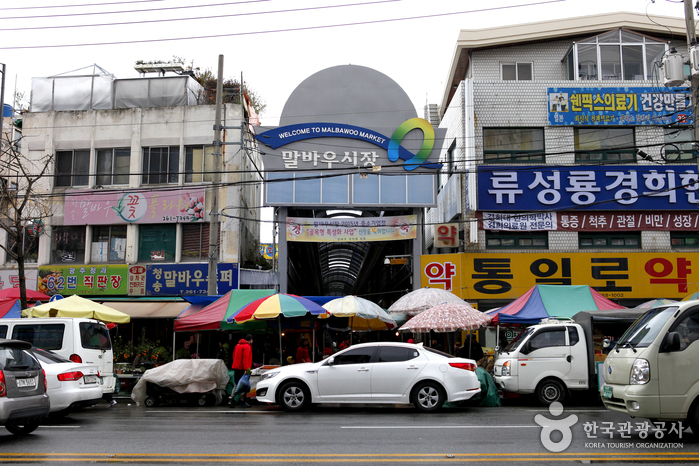
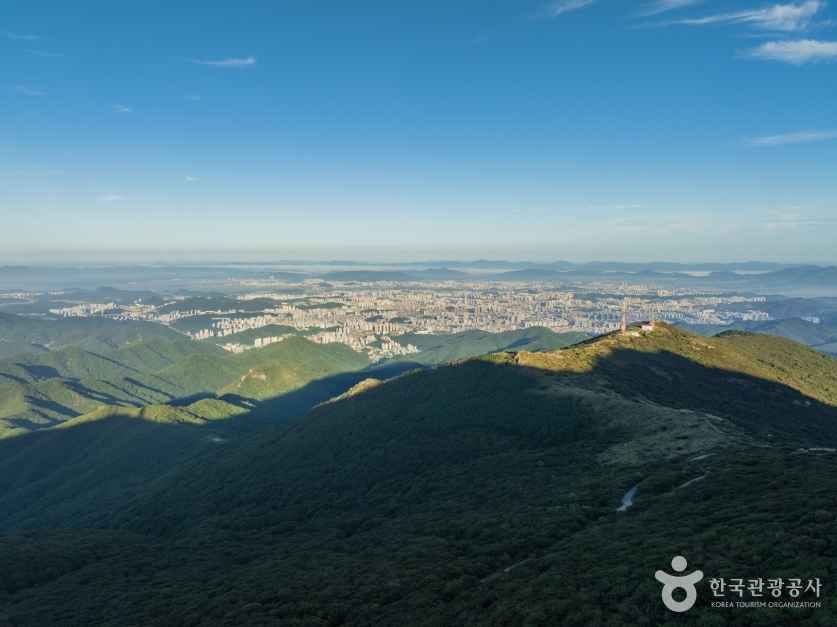

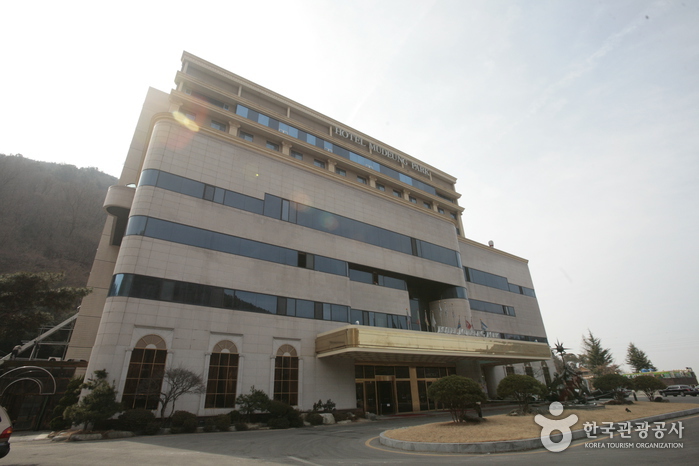
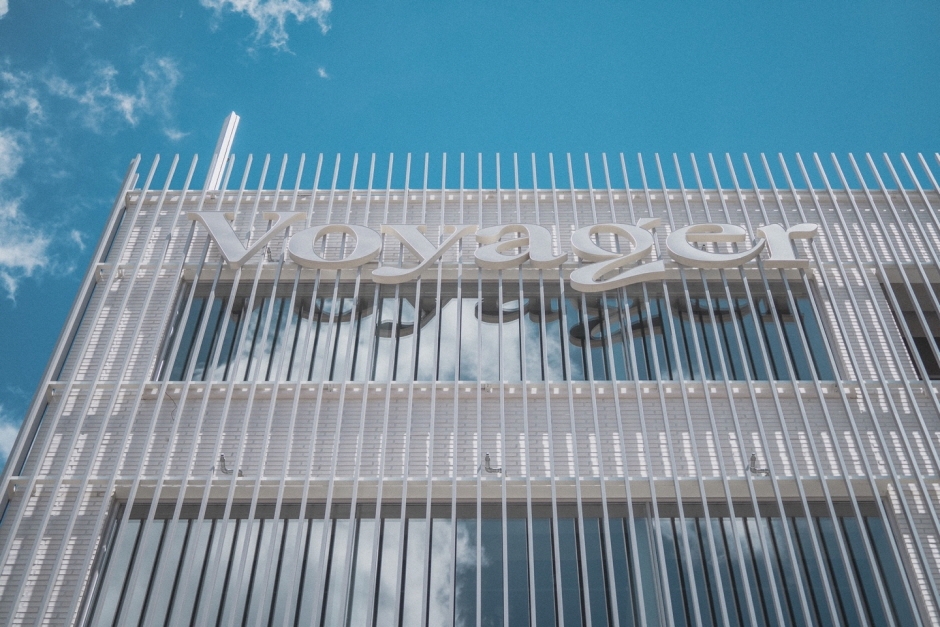
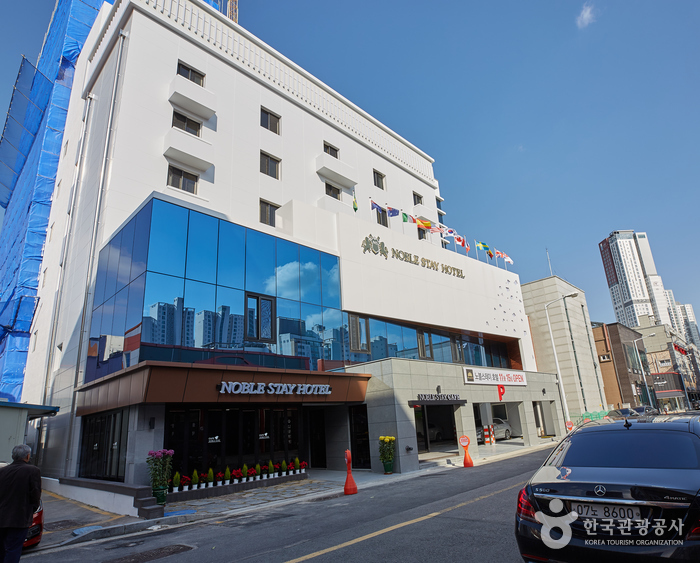
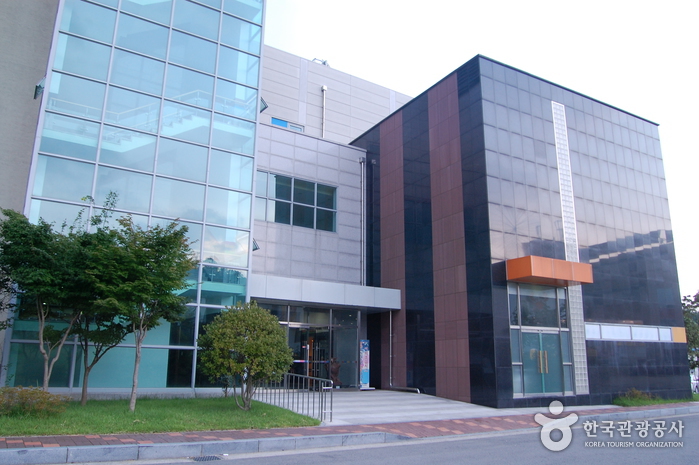
![Top Cloud Hotel [Korea Quality] / 탑클라우드호텔 광주점 [한국관광 품질인증]](http://tong.visitkorea.or.kr/cms/resource/27/2698527_image2_1.jpg)
 Español
Español
 한국어
한국어 English
English 日本語
日本語 中文(简体)
中文(简体) Deutsch
Deutsch Français
Français Русский
Русский